Throughout history, numerous masterpieces have mysteriously disappeared, leaving behind more questions than answers. These elusive pieces of art, created by some of the most famous painters, have captivated the imagination of art lovers and historians alike. Each painting holds a unique story, often involving theft, war, or unexplained vanishings. While some are lost to time, others remain hidden, waiting to be rediscovered. This list explores some of the most famous artworks that continue to evade the world.
The Concert by Johannes Vermeer
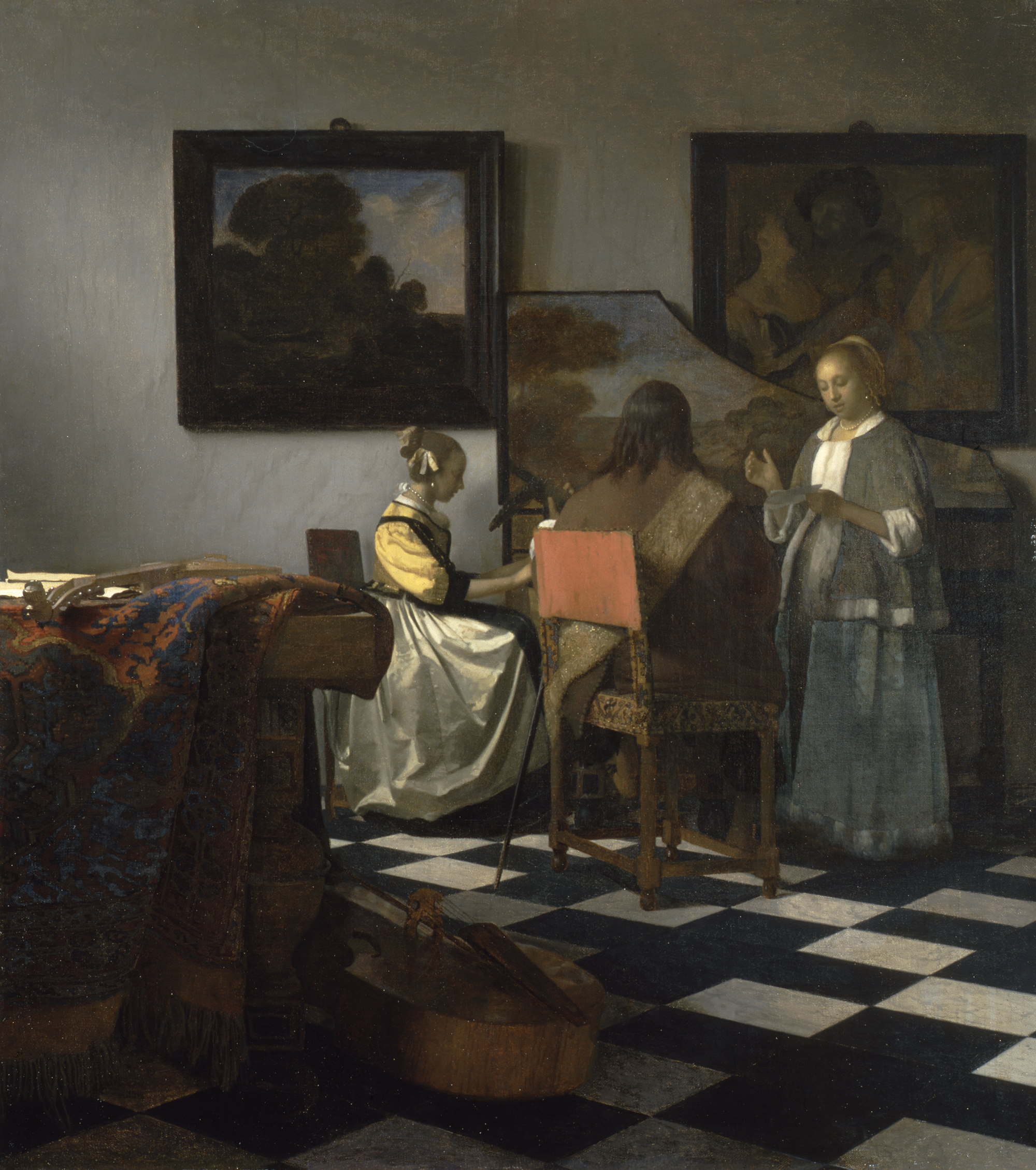
“The Concert” by Johannes Vermeer, stolen from the Isabella Stewart Gardner Museum in 1990, remains one of the most valuable missing artworks. The scene captures a man and two women playing music in a quiet, domestic interior. Vermeer’s hallmark use of soft light and attention to detail is evident in the rich fabrics and textures. Every element in the painting adds to its serene, intimate mood. Valued at over $200 million, it is considered one of the greatest art thefts in history.
Portrait of a Young Man by Raphael
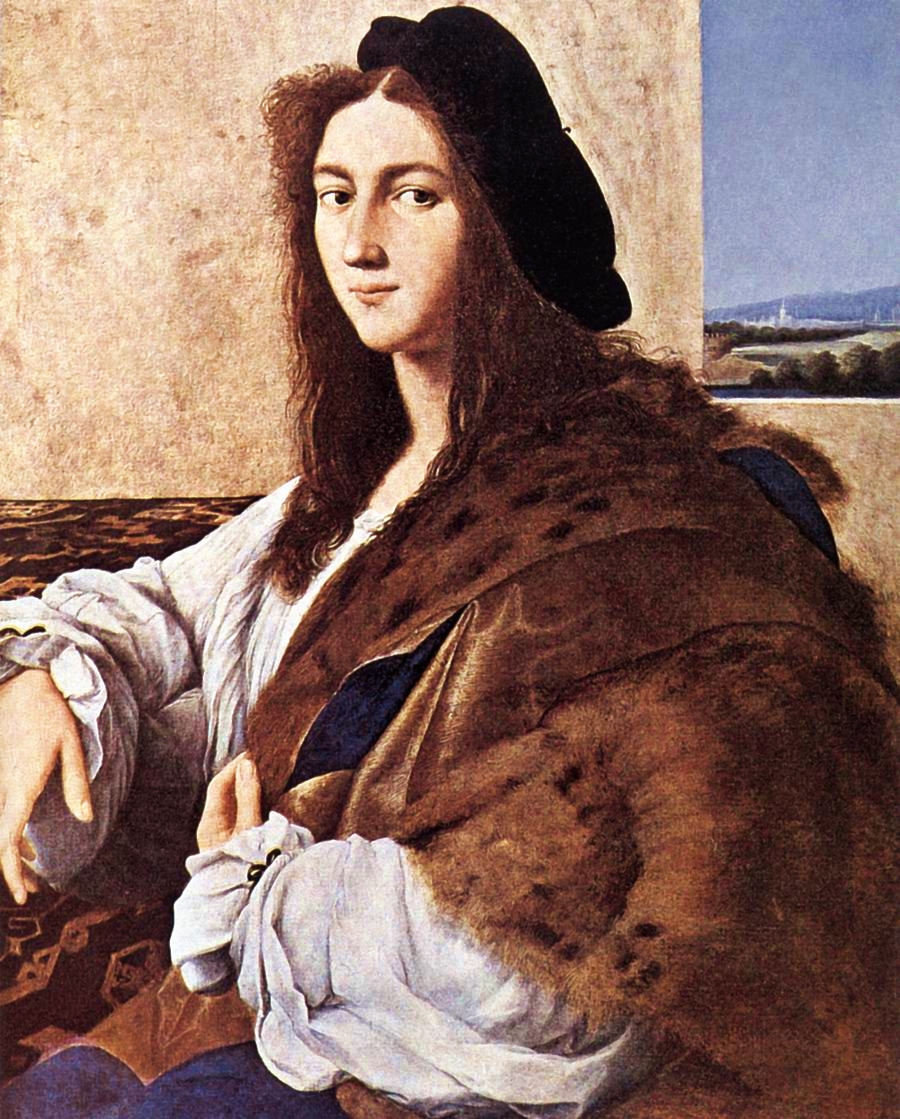
Raphael’s “Portrait of a Young Man” is widely considered one of the greatest losses in the world of Renaissance art. Believed to be a self-portrait, the painting exemplifies Raphael’s mastery of form and expression, with the subject displaying a confident, introspective gaze. Stolen by the Nazis during World War II from the Czartoryski Museum in Poland, the artwork has yet to be recovered. Its value is difficult to estimate, but experts place it around $100 million, given its significance and Raphael’s standing as one of the preeminent artists of the Renaissance.
The Just Judges by Jan van Eyck
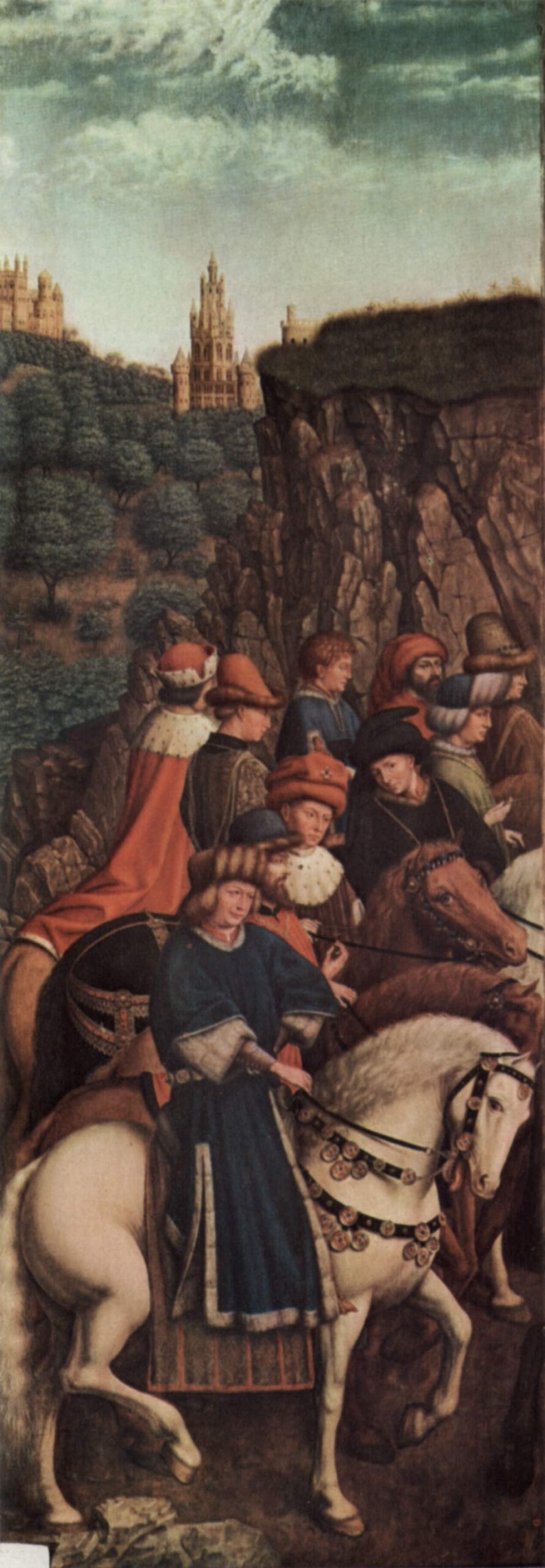
“The Just Judges” is one of the most mysterious missing artworks, originally part of the Ghent Altarpiece by Jan van Eyck. Stolen in 1934 from Saint Bavo’s Cathedral in Ghent, Belgium, the panel remains lost to this day. This intricate work is notable for its detailed representation of justice and righteousness, characteristic of van Eyck’s ability to infuse his religious works with layers of symbolic meaning. The estimated value of “The Just Judges” is close to $150 million, not only because of its artistry but also due to its integral role in one of the most famous altarpieces in art history.
Storm on the Sea of Galilee by Rembrandt
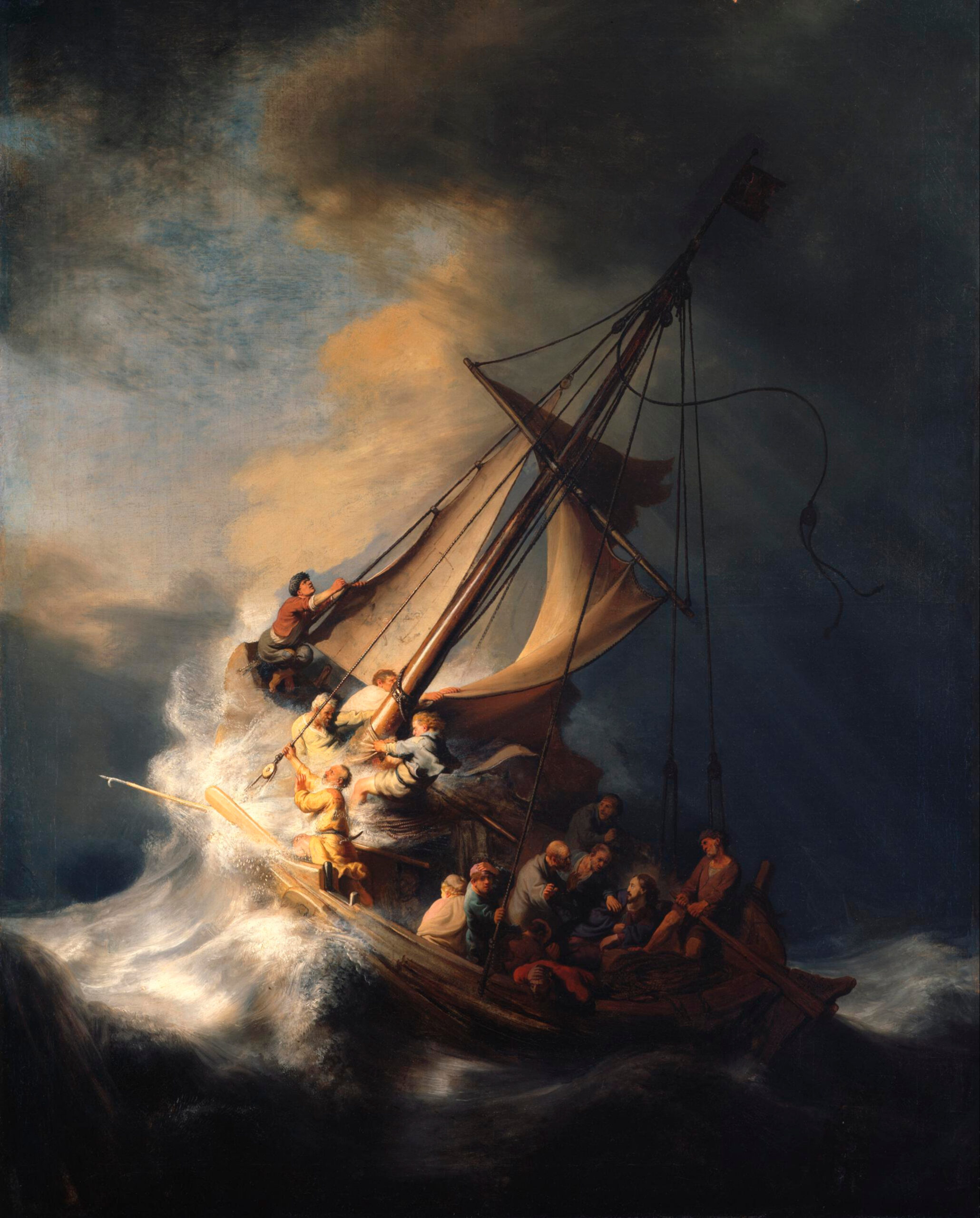
Rembrandt’s only seascape, “Storm on the Sea of Galilee,” depicts a dramatic scene from the Bible where Jesus calms a storm while aboard a ship with his disciples. The painting captures the chaos of the moment with dramatic waves and a powerful use of light and shadow, typical of Rembrandt’s mastery of realism. It was also part of the Isabella Stewart Gardner Museum heist in 1990 and remains missing. With an estimated value of over $100 million, this work is considered one of the most significant losses in the history of art theft.
Nativity With St. Francis and St. Lawrence by Caravaggio
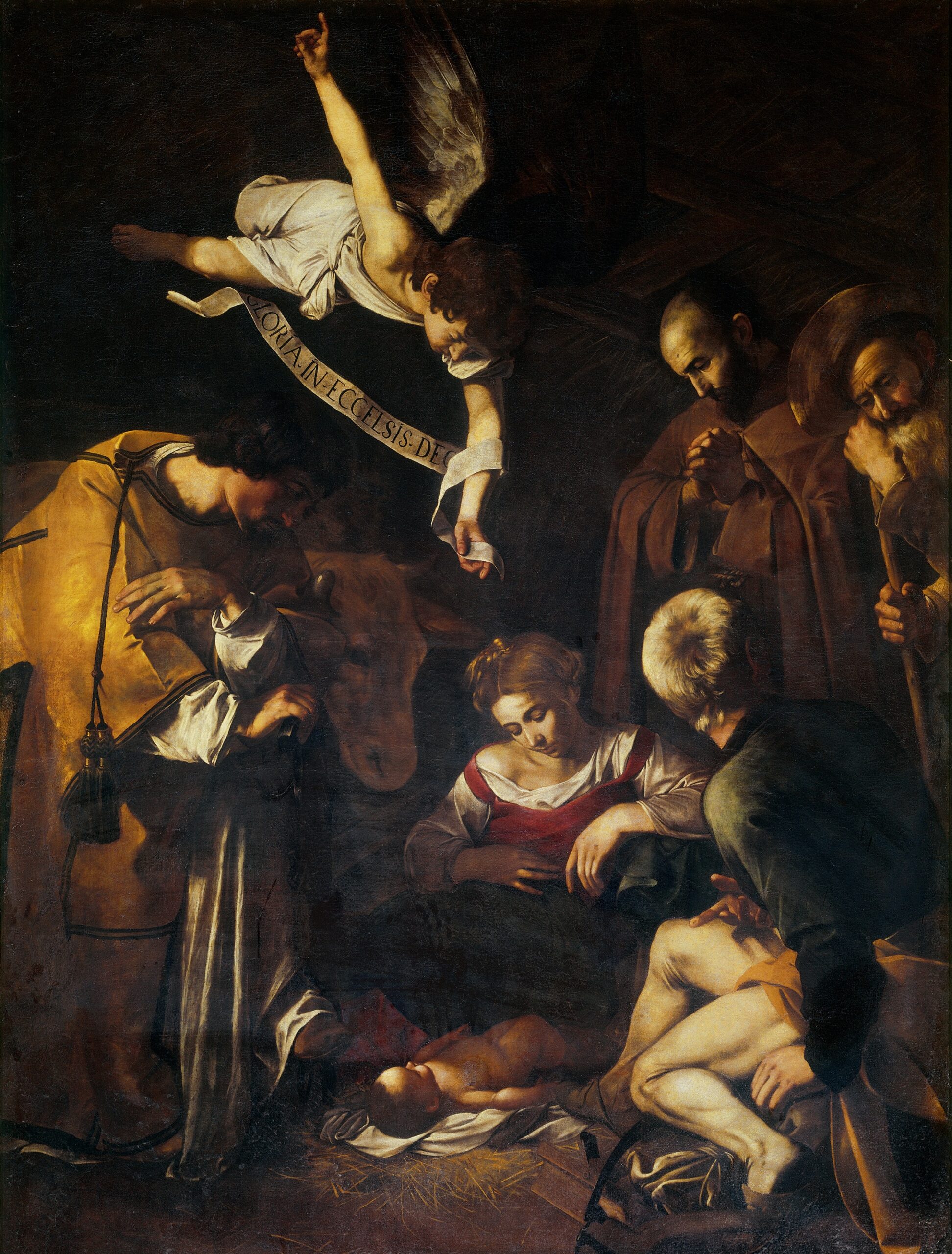
Caravaggio’s “Nativity With St. Francis and St. Lawrence” was taken from a church in Palermo, Sicily, in 1969. The painting is a powerful display of Caravaggio’s skill in using light to create depth and emotion. The scene portrays the nativity with stark realism, drawing viewers into the sacred moment. This stolen Baroque masterpiece is valued at around $20 million. Its emotional intensity makes it an irreplaceable loss to the art world.
The Painter on His Way To Work by Vincent van Gogh
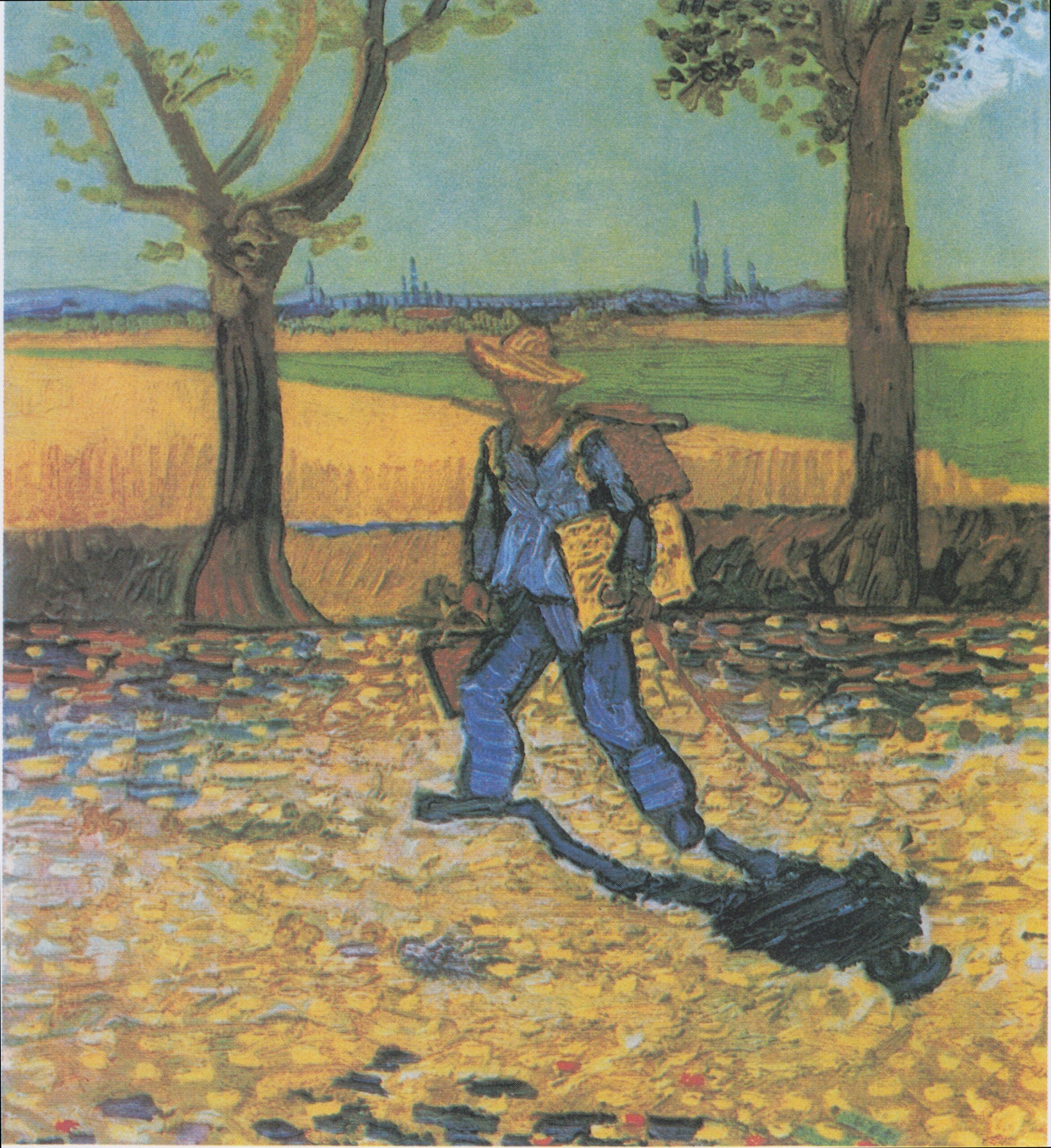
The Painter on His Way to Work is a self-portrait by Vincent van Gogh, showing him walking through a vibrant landscape with his painting materials in hand. The bright colors and energetic brushstrokes capture Van Gogh’s restless and passionate spirit. The painting is filled with emotion, as Van Gogh’s figure moves through a swirling, lively environment. Lost during World War II, this piece is valued at around $50 million. Its personal nature adds to its historical and emotional significance.
Poppy Flowers by Vincent van Gogh
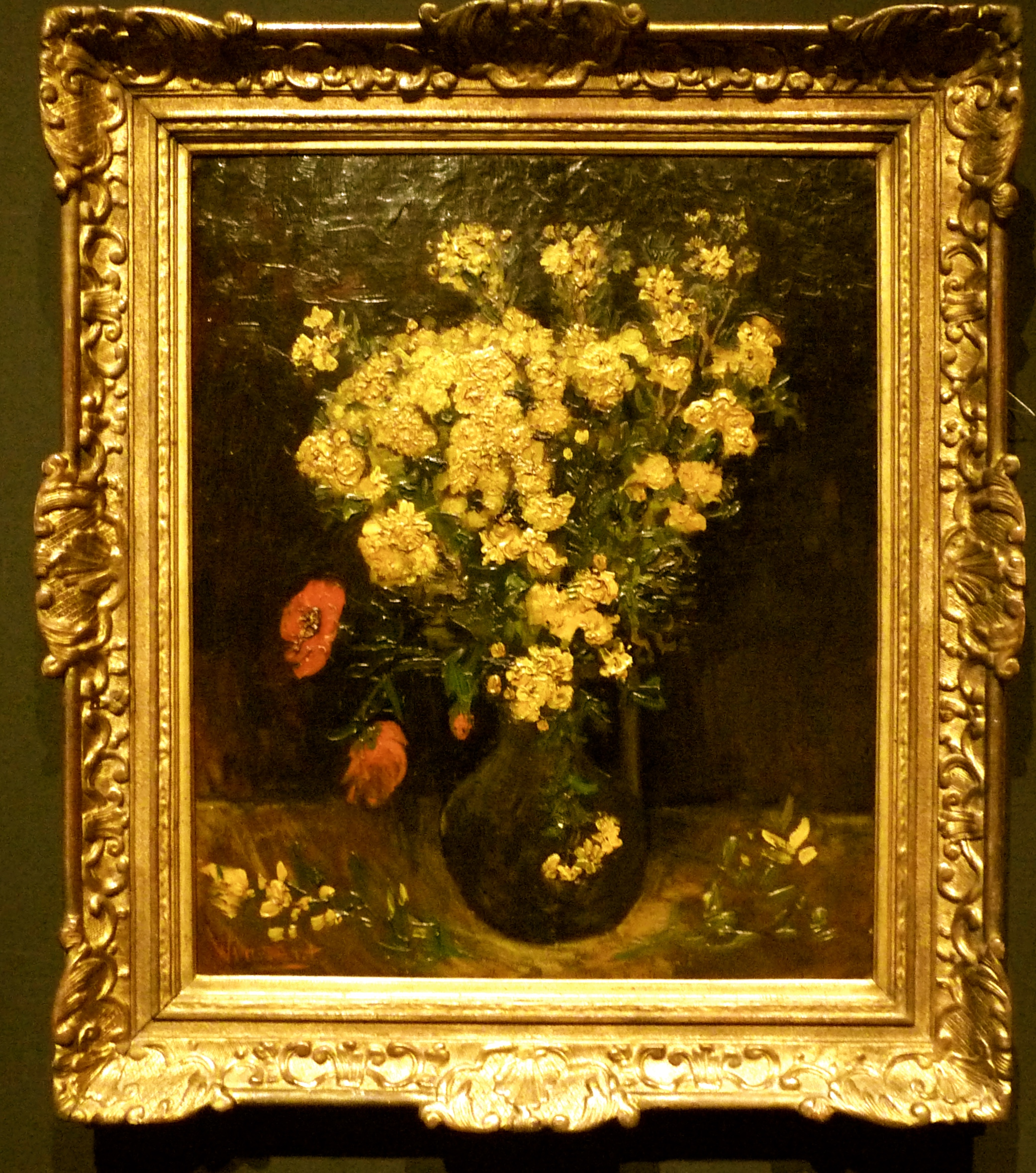
Poppy Flowers is a small but striking still life by Vincent van Gogh, featuring a vase filled with bright red poppies. The simplicity of the composition, combined with Van Gogh’s vibrant use of color, creates a sense of beauty and calm. His signature bold brushstrokes are evident in the texture of the petals and the leaves, bringing the flowers to life. This painting has been stolen twice, once in 1977 and again in 2010, from the Mohammed Mahmoud Khalil Museum in Egypt. Despite efforts to recover it, Poppy Flowers remains missing, adding to the mystique surrounding Van Gogh’s stolen works. Its value is estimated at $55 million. Its bright color palette and historical importance make it highly sought after.
Charing Cross Bridge by Claude Monet
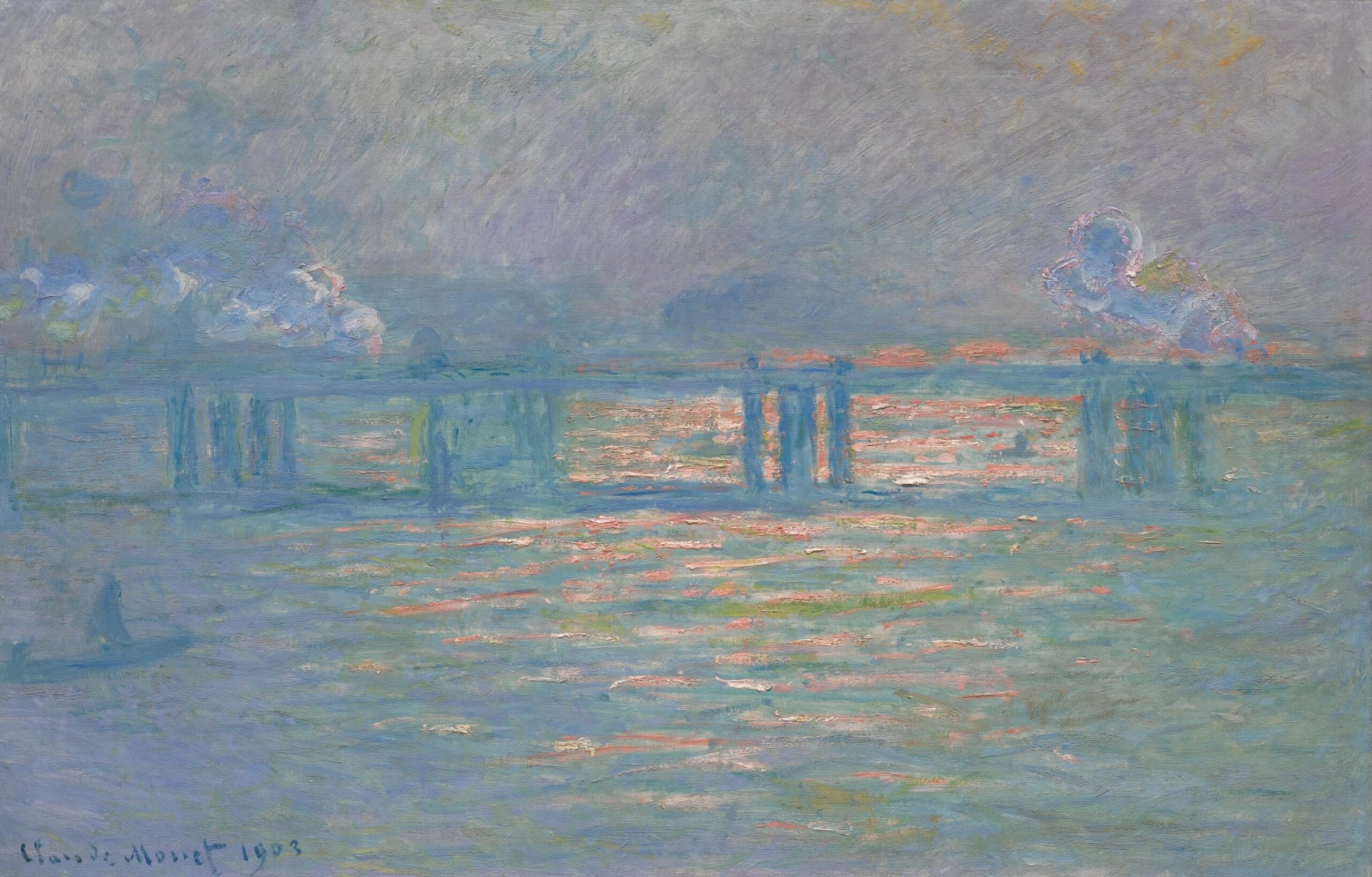
Claude Monet’s Charing Cross Bridge captures the iconic structure shrouded in London’s mist, showcasing Monet’s fascination with light and atmosphere. The painting features soft, muted tones that blur the lines between the bridge, water, and sky, giving the scene a dreamlike quality. Monet’s brushstrokes create a fluid sense of movement, particularly in the reflection on the Thames. The use of delicate pastels and his attention to how light interacts with the environment are defining elements of this piece. In 2012, the painting was stolen from the Kunsthal Museum in Rotterdam, along with other priceless works. Despite efforts to locate it, Charing Cross Bridge remains missing, adding to its mystique. Valued at $35 million, this piece is a significant loss, representing Monet’s unique ability to blend nature and urban landscapes.
View of Auvers-sur-Oise by Paul Cézanne
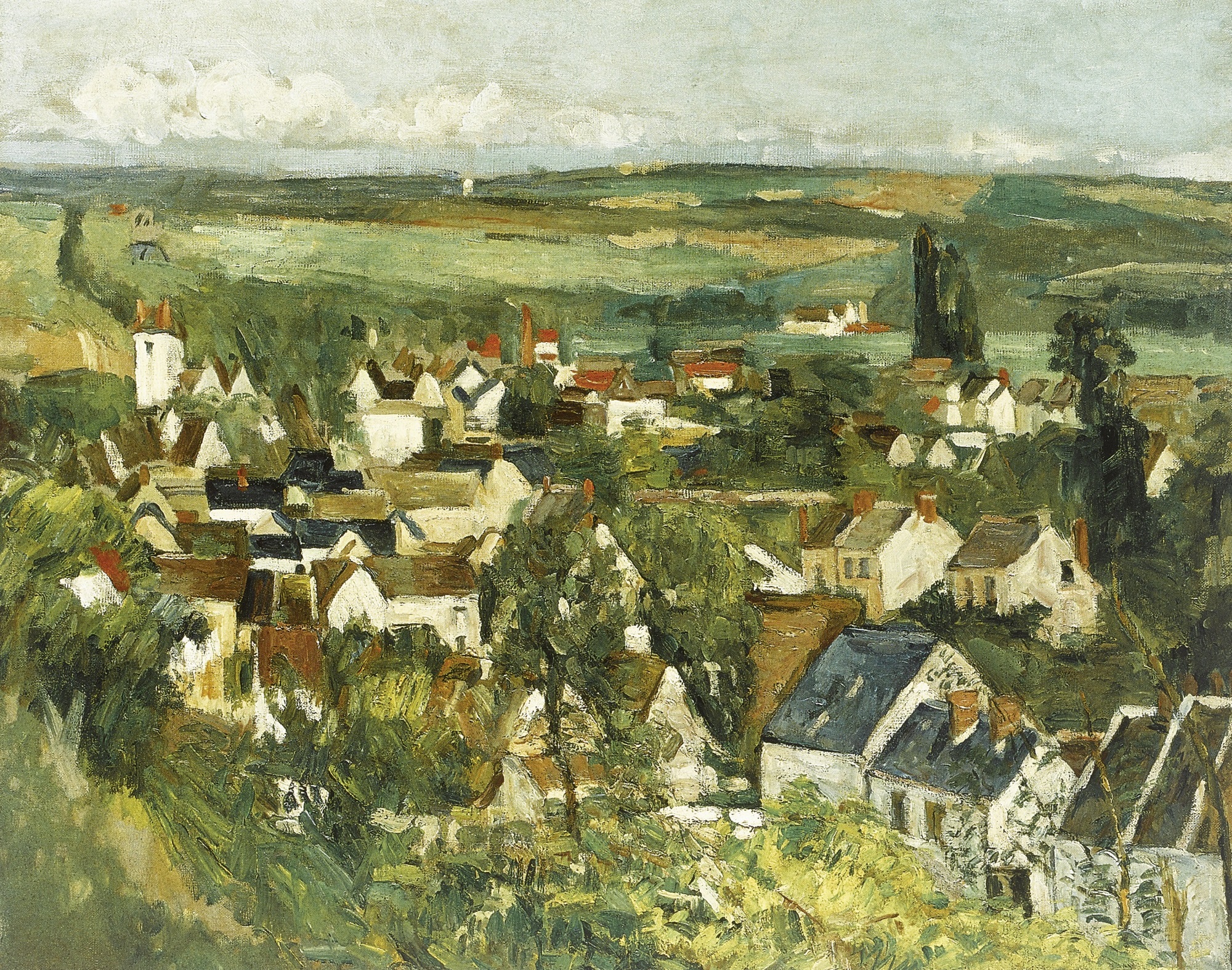
Paul Cézanne’s View of Auvers-sur-Oise is a masterful landscape that captures the rural charm of the French countryside. The painting is dominated by Cézanne’s characteristic brushstrokes and bold use of color, which give the scene a vibrant, almost textured appearance. The rolling hills, small cottages, and open sky reflect the simplicity and beauty of nature, while Cézanne’s technique adds depth and movement to the landscape. Stolen in 1999 from Ashmolean Museum in Oxford, it remains missing. Its estimated value exceeds $10 million, a testament to Cézanne’s influence on modern art.
Harlequin Head by Pablo Picasso
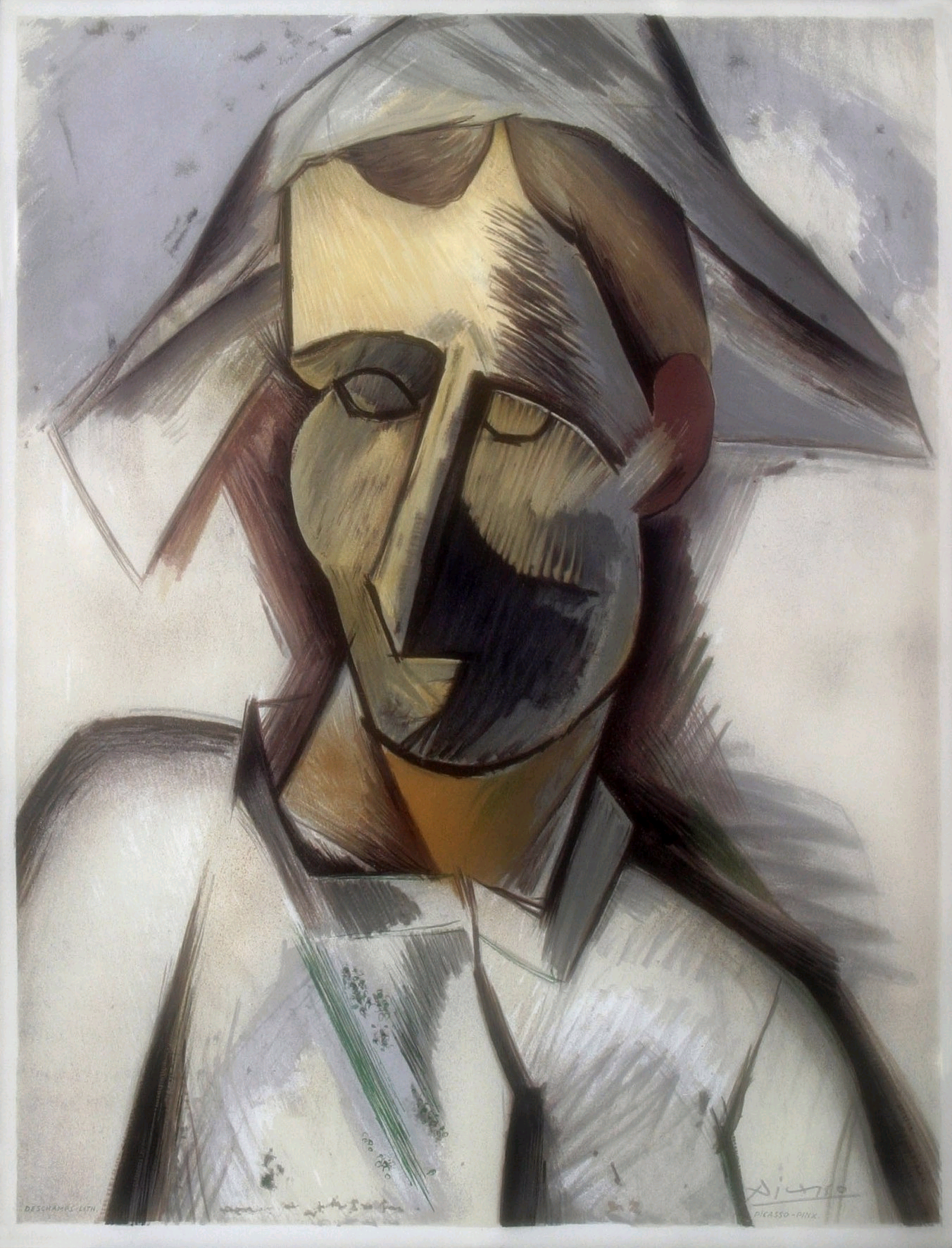
Harlequin Head by Pablo Picasso captures the playful and enigmatic nature of the harlequin figure, a recurring motif in his work. The painting is filled with vibrant colors and sharp, angular shapes, reflecting Picasso’s interest in portraying the complexities of human emotion. The subject’s exaggerated features and abstract form show Picasso’s unique ability to blend realism with abstraction. Like many of his works, it has an element of mystery and theatricality, inviting the viewer to interpret its deeper meaning. It was stolen from a Dutch museum in 2012 and is valued at around $12 million. Picasso’s name and cubist legacy make this an invaluable piece.
The Ansidei Madonna by Raphael
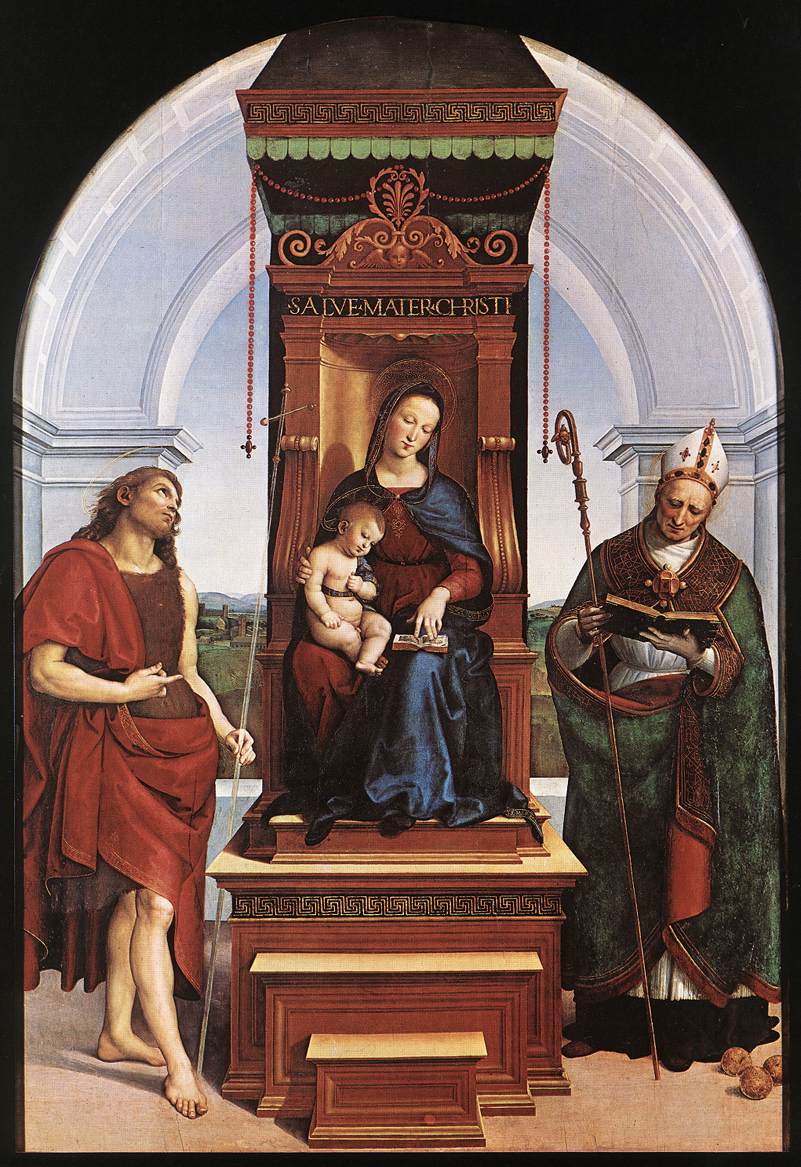
Raphael’s The Ansidei Madonna is a stunning example of Renaissance religious art, depicting the Virgin Mary seated with the Christ Child, flanked by two saints. The painting’s serene composition and the delicate rendering of the figures showcase Raphael’s mastery of balance and harmony. Rich in color and detail, the painting highlights Raphael’s skill in creating lifelike expressions and graceful postures. The background is filled with architectural elements that give depth and context to the religious scene. Though not stolen, it was sold by the Ansidei family and now resides in the National Gallery, London. Its estimated value, if ever available for sale, would likely exceed $200 million due to its historical and religious significance.
The Battle of Anghiari by Leonardo da Vinci
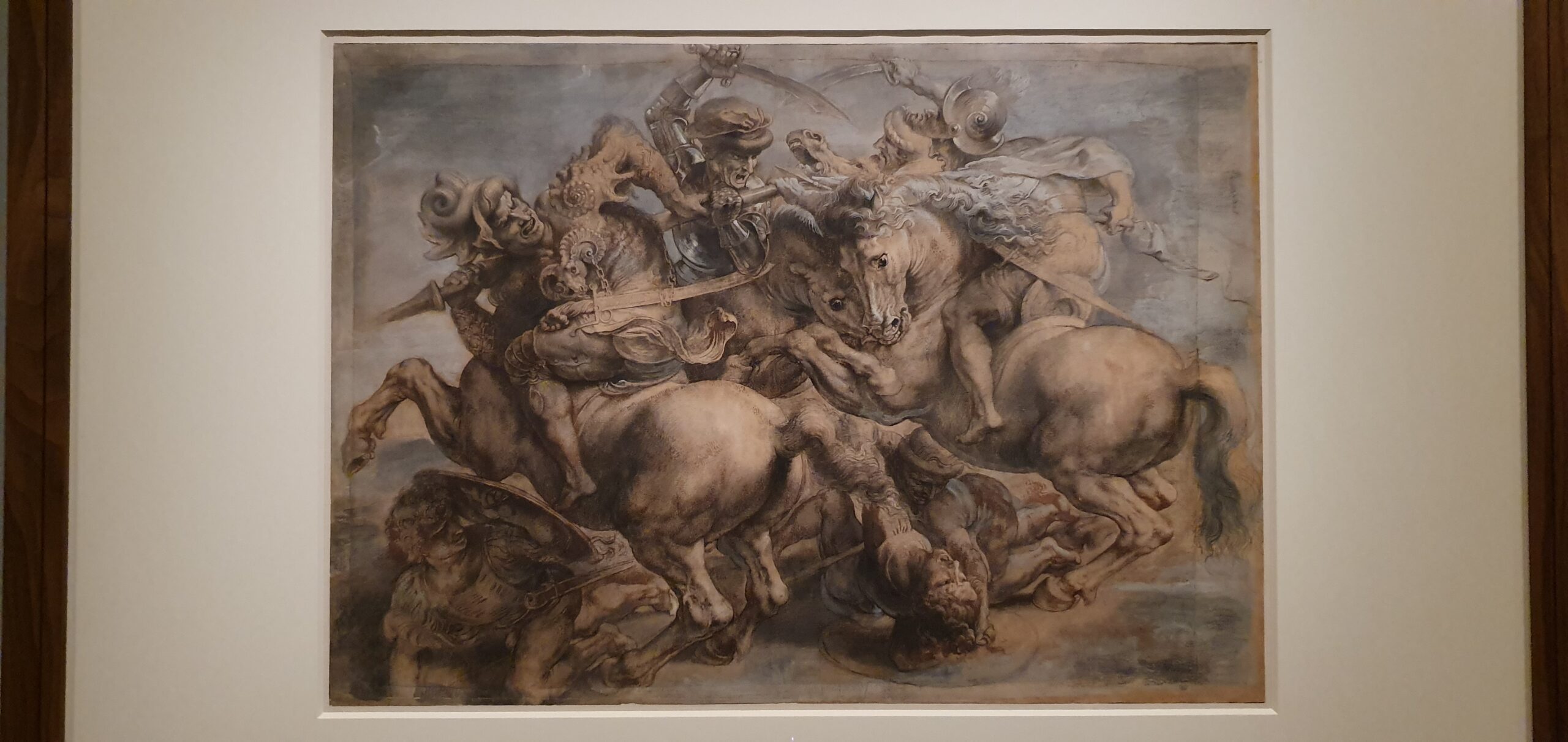
Leonardo da Vinci’s The Battle of Anghiari is a lost masterpiece that depicted a fierce and chaotic battle between knights on horseback. The painting was known for its intense energy and the vivid depiction of movement, particularly in the faces and bodies of the warriors. Da Vinci’s innovative use of composition, with intertwined figures and dynamic poses, was said to bring the scene to life in a way that few artists could achieve. The mural is believed to be hidden beneath later frescoes in Florence. If found, its value would easily reach over $1 billion, given da Vinci’s legacy and the work’s historical intrigue.
Lady With a Fan by Gustav Klimt
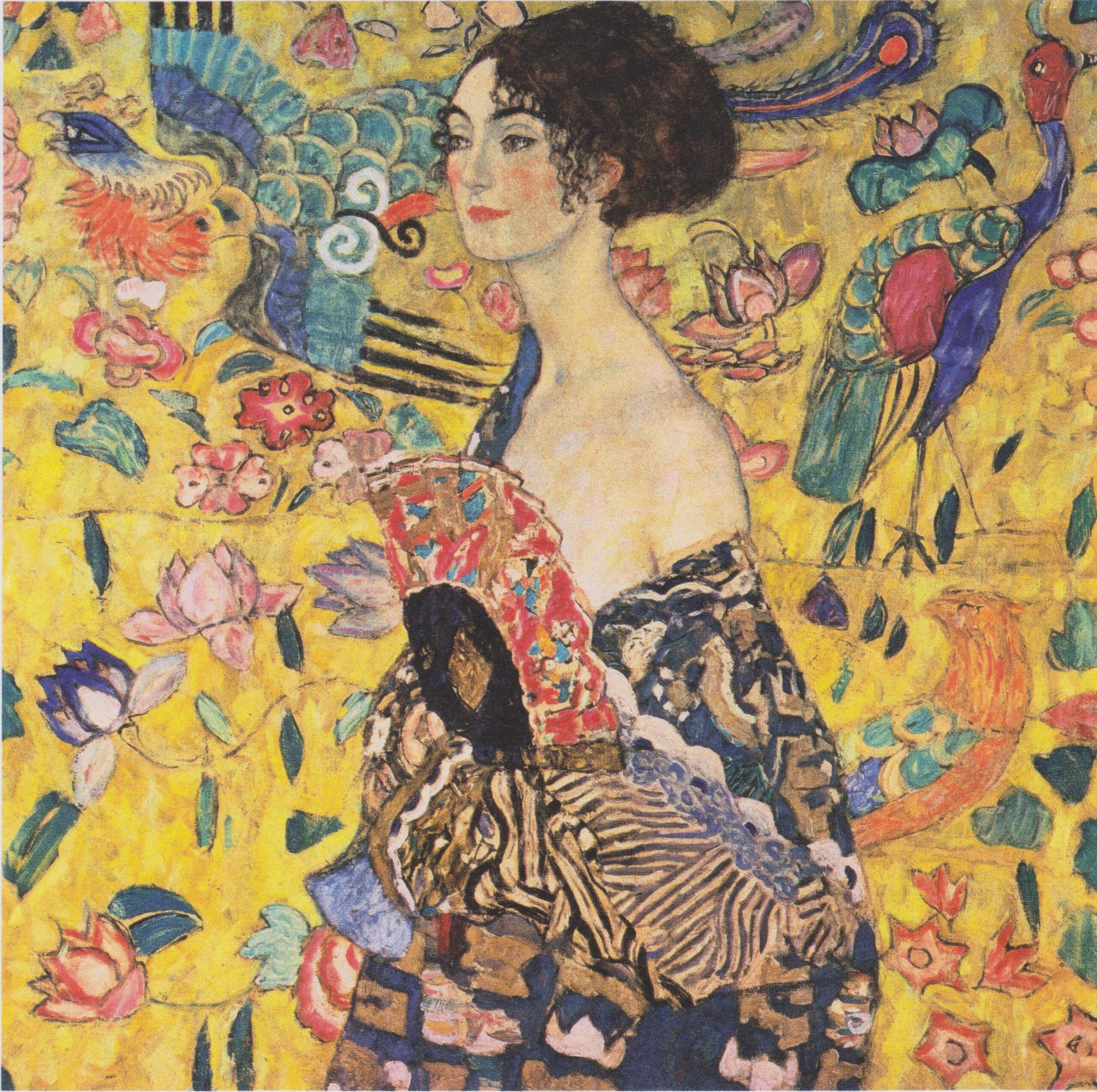
Lady with a Fan is one of Gustav Klimt’s later works, showcasing his signature ornamental style. The painting features a woman with a serene expression, elegantly holding a fan. Her colorful robe blends seamlessly into the background, which is filled with intricate floral patterns. Klimt’s use of gold and vibrant colors highlights his fascination with nature and the female form. Unlike many of his earlier works, this portrait has a lighter, more playful tone, enhanced by the soft colors and delicate details. The piece was stolen during World War II, and its whereabouts remain unknown, making it one of the many lost treasures of that era. Valued at around $50 million, it stands as one of the greatest Klimt works lost to history.
The Madonna of Bruges by Michelangelo
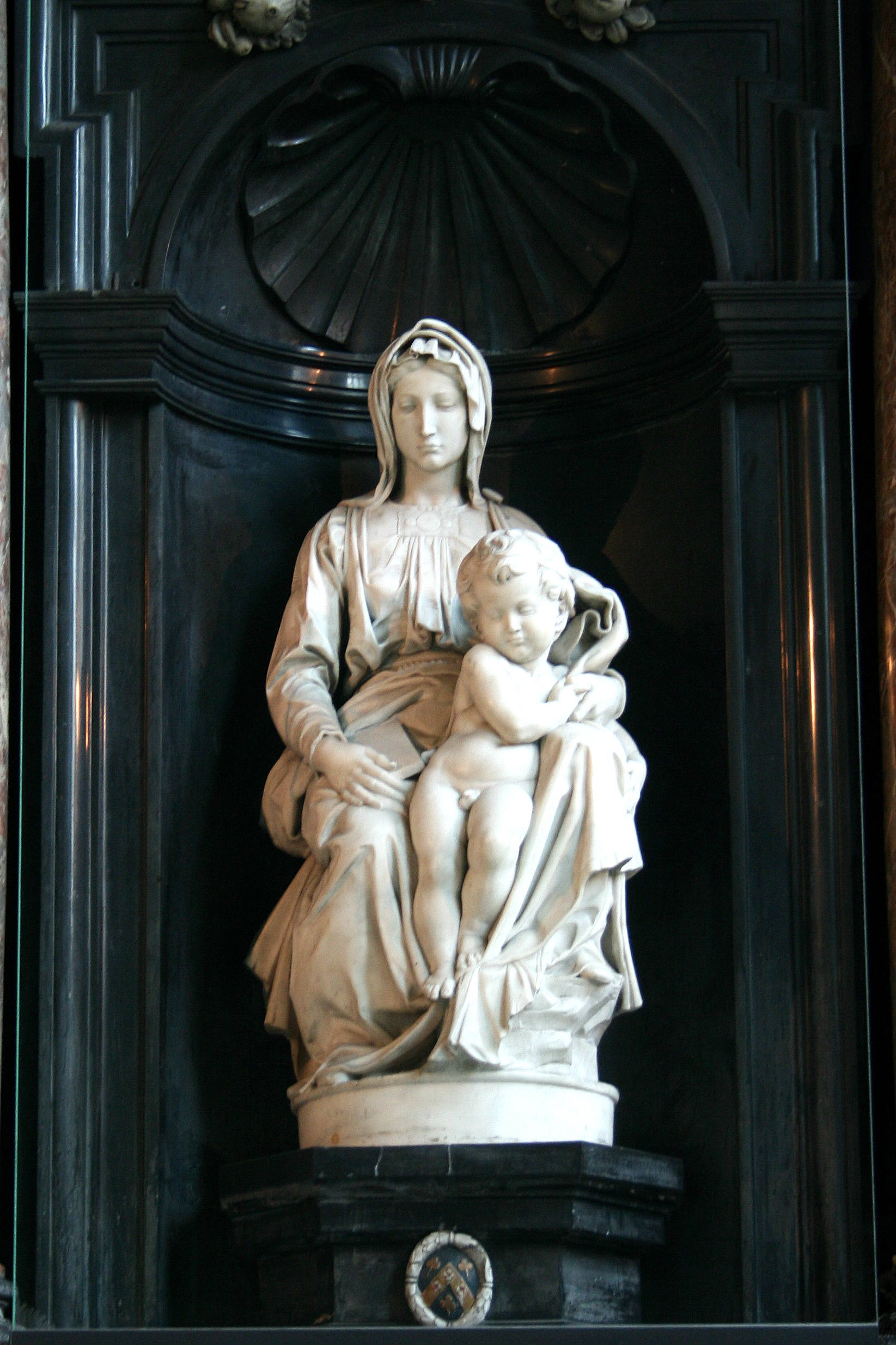
Michelangelo’s The Madonna of Bruges is a stunning marble sculpture that presents the Virgin Mary and the Christ Child in a uniquely contemplative pose. Unlike traditional depictions where the Madonna is shown interacting with the infant, Michelangelo’s version captures her in a moment of quiet reflection. The delicately carved folds of her robe, combined with the lifelike expressions of both mother and child, demonstrate Michelangelo’s mastery of form and detail. It was stolen twice—once by French revolutionaries and later by the Nazis. Recovered both times, it now resides in Bruges, Belgium. Its value is priceless due to its historical significance and the artist’s unparalleled skill.
The Concert Champêtre by Giorgione
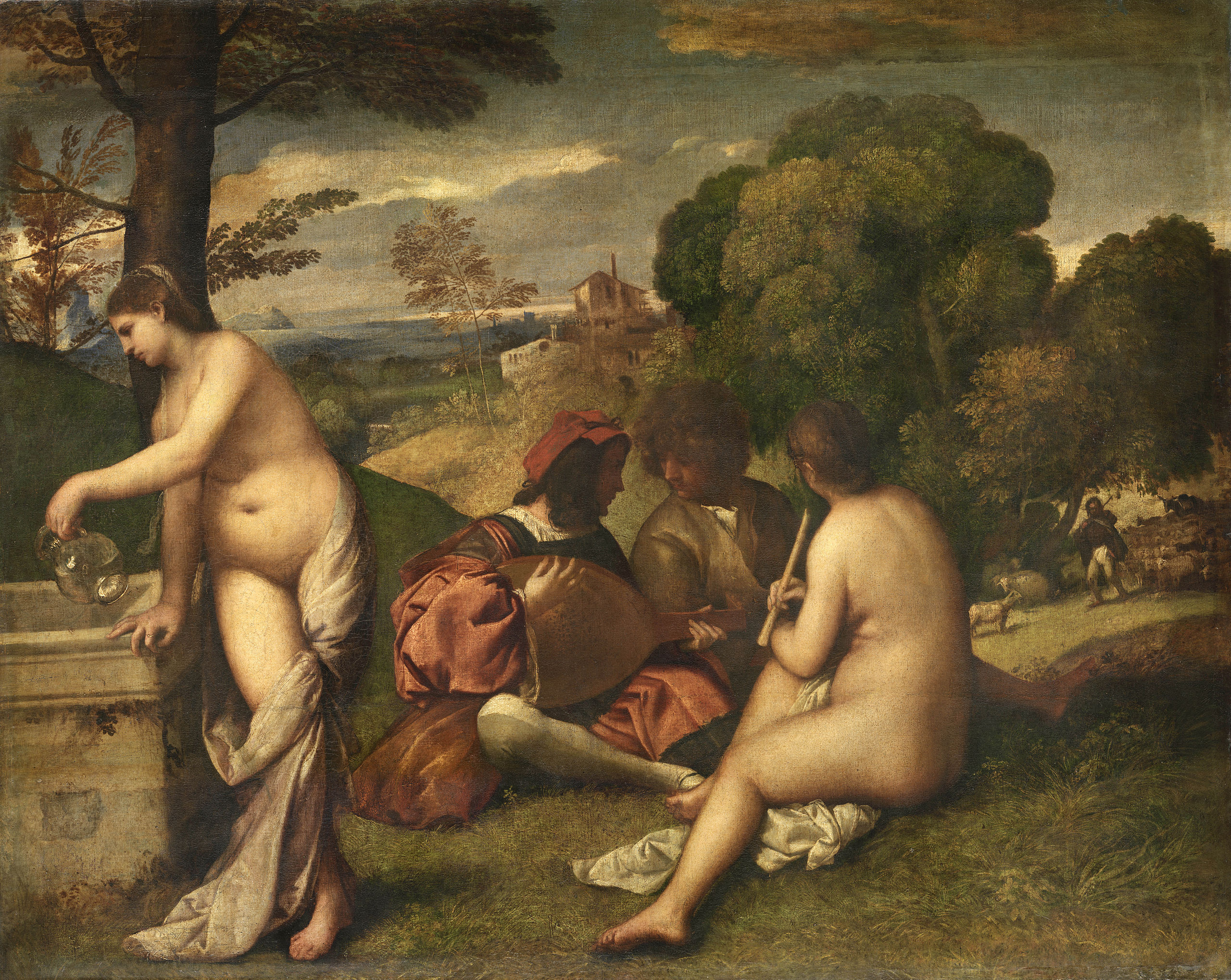
The Concert Champêtre is an enigmatic pastoral scene, often attributed to Giorgione, though some believe Titian may have completed it. The painting depicts two male musicians playing instruments while two nude women sit alongside them, creating a mysterious and dreamlike atmosphere. The soft use of light and shadow adds a gentle glow to the figures and the surrounding landscape. This work is known for its balance between idealized beauty and a sense of quiet intimacy. It disappeared during the Napoleonic Wars, and its current location remains a mystery, making it one of the most elusive masterpieces of the Italian Renaissance. Though its location is unknown, its estimated value exceeds $100 million. This work’s mysterious beauty continues to captivate art historians.
Head of a Faun by Michelangelo
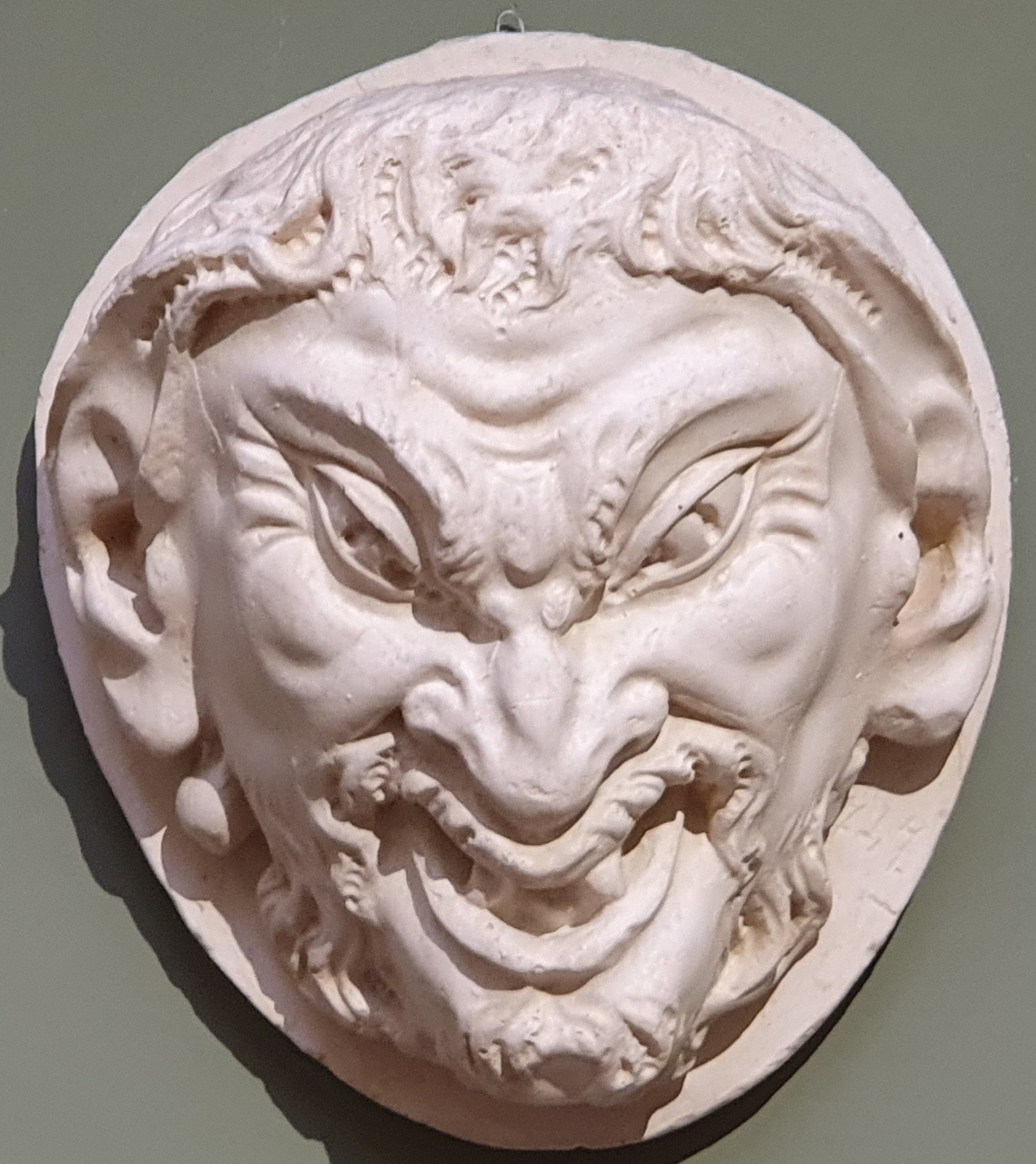
Head of a Faun is one of Michelangelo’s earliest known works, sculpted when he was a teenager. The small bust depicts a faun, a mythological creature often associated with playfulness and mischief. The expression on the faun’s face is lively and engaging, with a mischievous grin that captures Michelangelo’s skill in portraying human emotion, even at a young age. This piece demonstrates his early understanding of anatomy and his natural talent for sculpting. Believed to be lost or destroyed, its value is immeasurable. This early piece hints at the greatness that Michelangelo would later achieve.
Portrait of Adele Bloch-Bauer I by Gustav Klimt
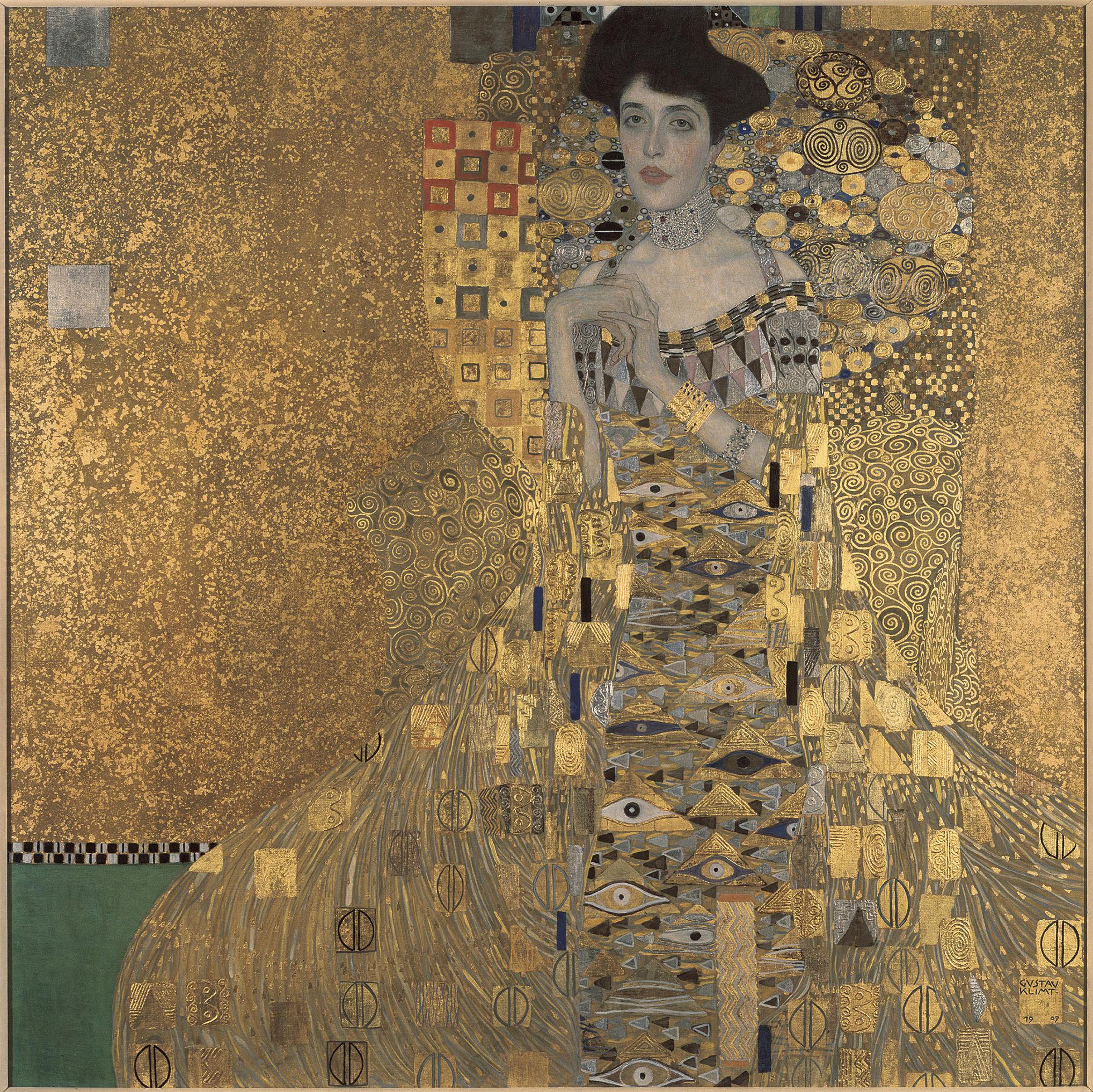
Gustav Klimt’s Portrait of Adele Bloch-Bauer I is one of his most famous and opulent works, often referred to as the “Woman in Gold.” The portrait is a dazzling mix of gold leaf and intricate patterns, with Adele Bloch-Bauer seated regally, her figure almost blending into the ornate background. Klimt’s use of gold and detailed ornamentation reflects the wealth and social status of his subject, while the portrait itself stands as a testament to his mastery of symbolism and decorative design. The painting was stolen by the Nazis and later recovered. It was sold for $135 million in 2006, making it one of the most expensive paintings ever sold.
This article originally appeared on Rarest.org.
More from Rarest.org
15 Iconic Ceramics and Pottery Pieces Every Collector Wants
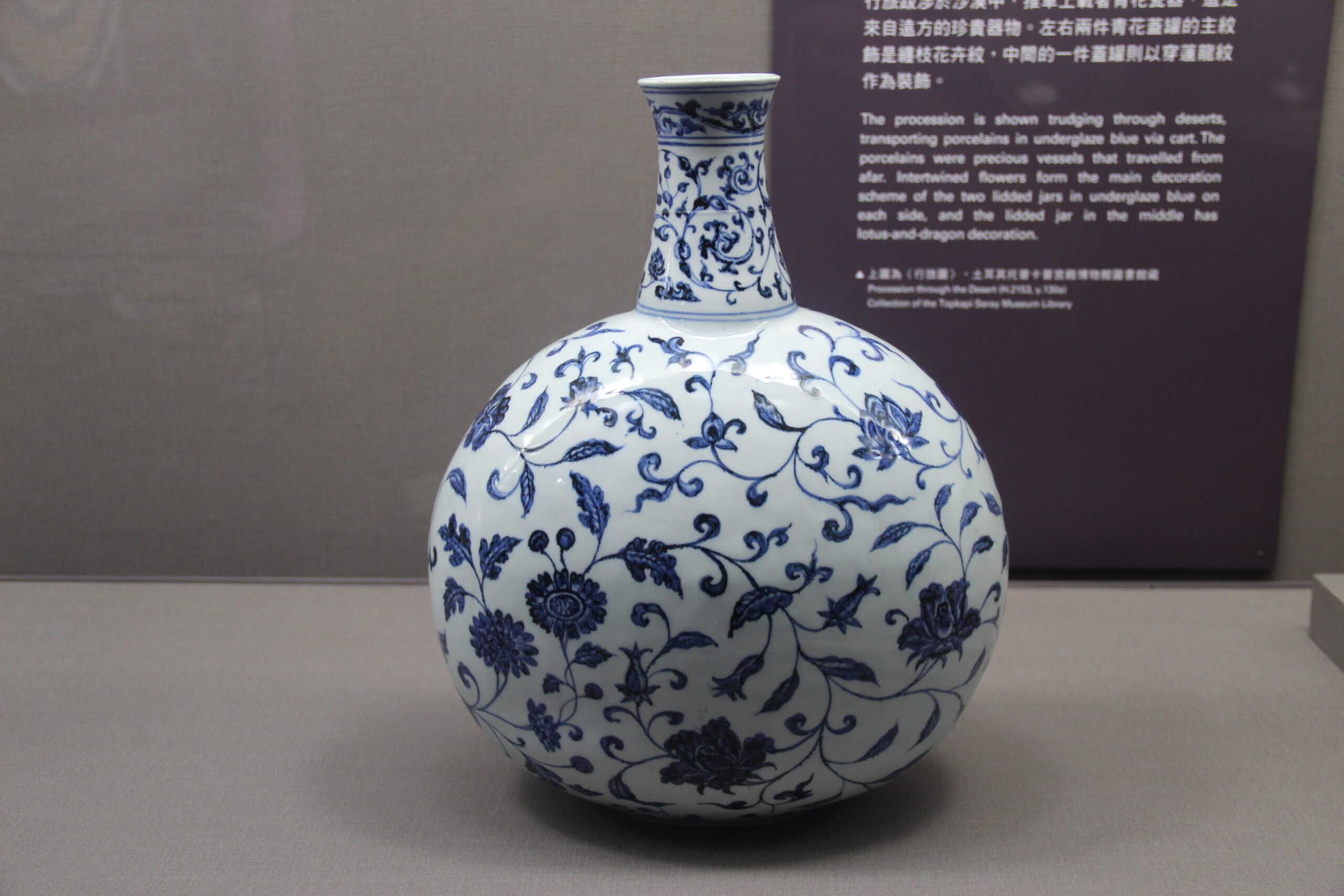
Historic ceramics and pottery hold a special place in the world of collectibles. These pieces are not just art; they tell stories of ancient civilizations and craftsmanship. Read More.
14 Ancient Temples with Unsolved Mysteries

Temples from ancient times have always fascinated historians and archaeologists. Some of these sacred places hold mysteries that remain unsolved to this day. Read More.
15 Exotic Butterflies Found in Remote Locations
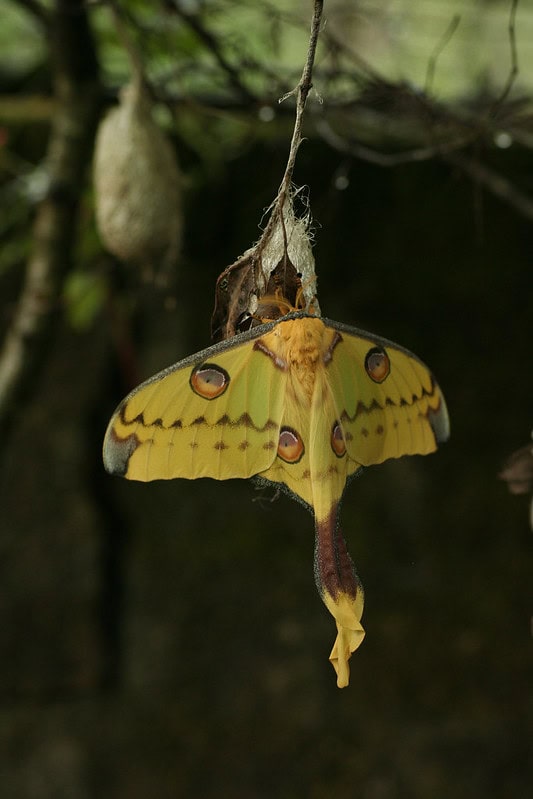
Exploring the world’s remote regions often reveals some of nature’s most exquisite secrets, including a variety of exotic butterflies. Read More.
